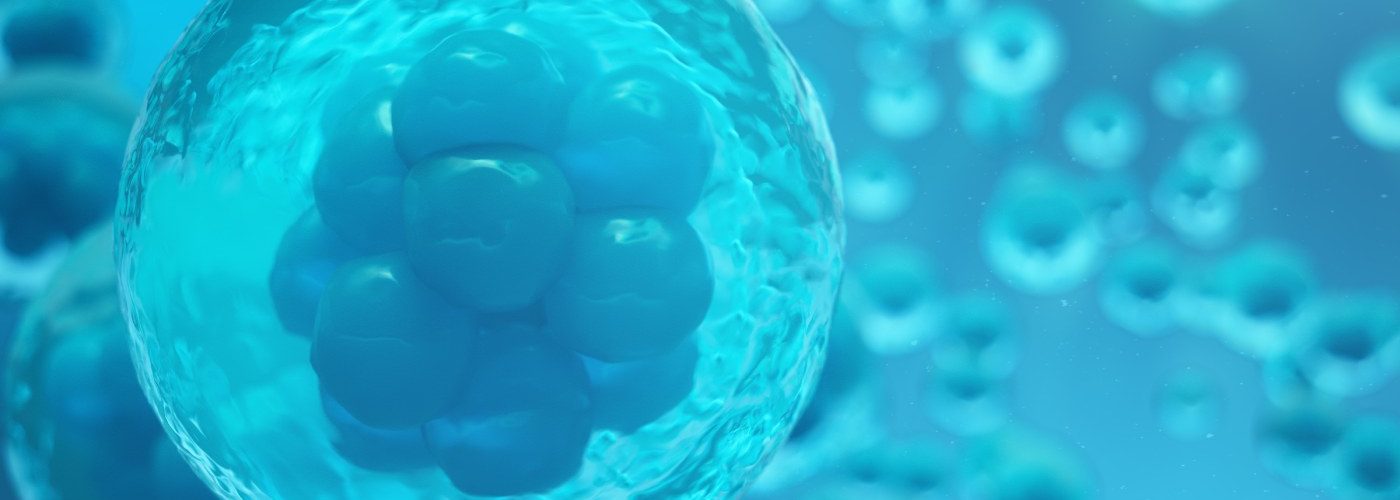
Pregnancy rates and everything related to embryos are key topics in the field of assisted reproduction. Therefore it is essential to know the process the embryos follow until implantation occurs in the woman’s uterus. From a social point of view and clearly also from a scientific point of view, the interest in this subject has increased in recent years.
Due to this phenomenon, today we present the most recent discovery, the study of which was presented at the 11th Congress of the Association for the Study of Reproductive Biology (ASEBIR), where it won an award.
What are the implications of embryos collapsing?
This research, led by Dr. Marcos Meseguer, embryologist and Scientific Supervisor at IVI, shows how Time-Lapse systems allow us to observe the collapse of about 20% of embryos during their development.
In other words, in these embryos we see the separation of more than half of the cells of the trophectoderm and the zona pellucida. As a result, the implantation potential of these embryos decreases significantly.
“The zona pellucida is like a shell, a protective barrier around the embryo. It is made up of proteins and sugars, and is elastic and mouldable, so it can adapt to the growth of the embryo. It is somewhat comparable to an eggshell. As the embryo grows, the eggshell breaks to allow the embryo to emerge. The trophectoderm, on the other hand, is the group of cells that reach the endometrium and invade it, giving rise to the placenta. The trophectoderm actually forms a large part of the structure of the blastocyst, which grows until it breaks the zona pellucida, as we have pointed out,” said Dr. Meseguer.
Is assisted hatching important?
The study “Assisted hatching as an alternative to improve results in blastocysts with spontaneous collapse evaluated by time-lapse system” arises from the situation mentioned above. In addition, a few months ago the 11th edition of the ASEBIR Congress was held in Toledo, where the study was presented and won an award.
“This study shows a significant increase in gestation rates from 48% to 60% in the group of embryos that collapse during their development and are subjected to Assisted Hatching (AH) after devitrifying. This makes their chances of success equal to other embryos that do not collapse during their development. Thanks to Time-Lapse incubators and Artificial Intelligence, we can automatically and accurately detect this collapse phenomenon. This TECHNOLOGY is necessary to be able to identify these embryos with lower reproductive potential”, explained Dr. Meseguer.
Improving pregnancy rates and embryo implantation
Assisted hatching is performed using laser technology, removing a quarter of the zona pellucida from the embryo. The main idea was to demonstrate that the lower implantation of collapsed embryos can increase their chances of implantation thanks to this assisted hatching technique, which is applied to embryos that are devitrified for subsequent transfer. This helps increasing pregnancy rates.
“Despite the adverse effect of collapse on the embryo’s reproductive potential, AH helps us to optimise this potential, making it an emerging technique to be incorporated into the routine of in vitro fertilisation (IVF) laboratories to improve gestation and implantation rates, ultimately improving pregnancy rates in assisted reproduction processes”, added Dr. Meseguer, in conclusion.
Once again, IVI is leading the field of research in reproductive medicine thanks to studies like this one, which are of great importance for their application in the treatments carried out at our clinics.





Comments are closed here.